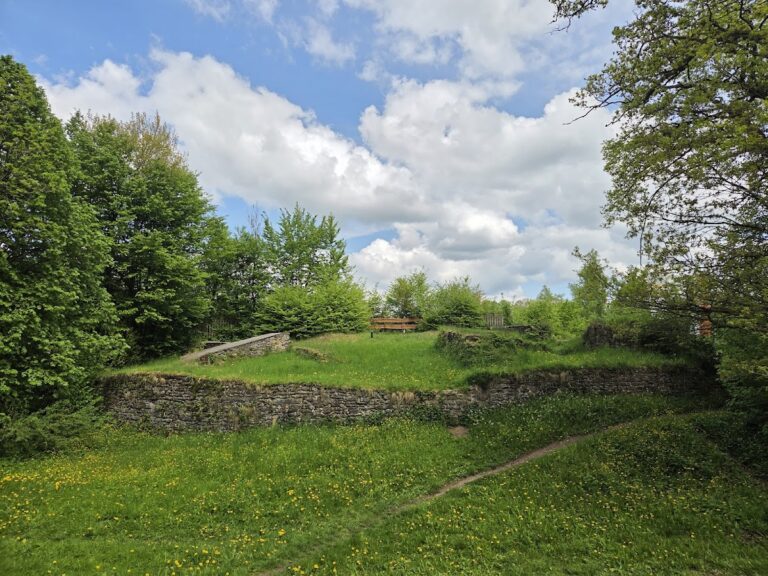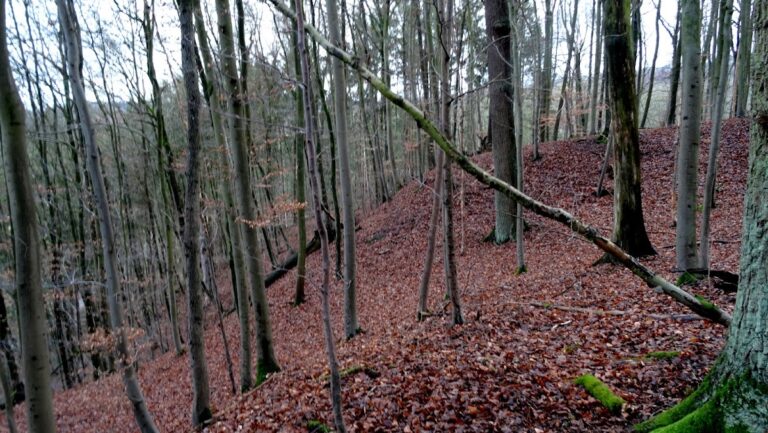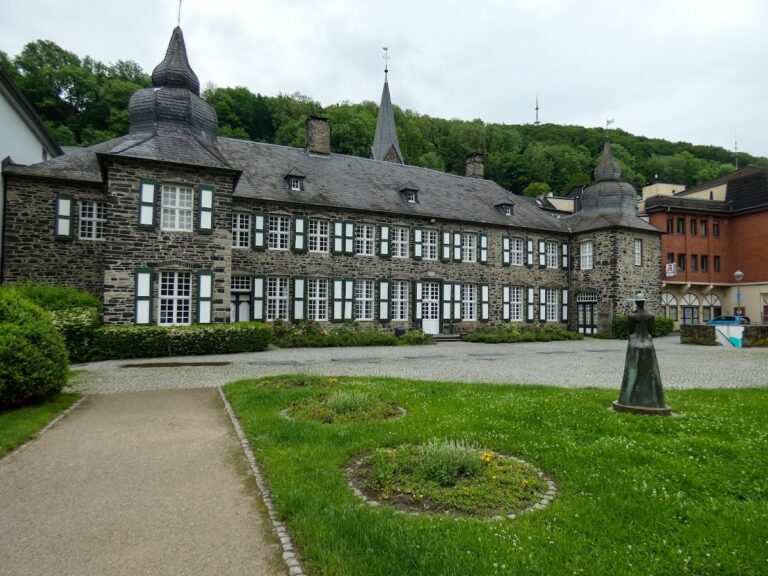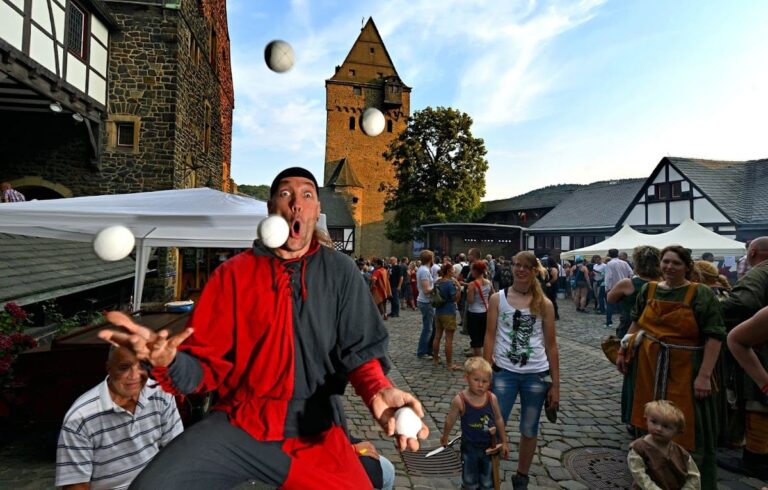Bilstein Castle: A Medieval Fortress and Youth Hostel in Lennestadt, Germany
Visitor Information
Google Rating: 4.3
Popularity: Low
Google Maps: View on Google Maps
Official Website: de.wikipedia.org
Country: Germany
Civilization: Medieval European
Remains: Military
History
Bilstein Castle is located in the municipality of Lennestadt, Germany. It was built in the early 13th century by the noble family of Gevore, a lineage that played a key role in the region during the Middle Ages.
Construction of the castle began between 1202 and 1225 under Dietrich II of Gevore on a prominent hill known as Rosenberg. Initially, the Gevore lords lived at Peperburg near Grevenbrück, but in the early 1200s, they moved their residence to Bilstein. Around this time, Dietrich II changed his title to Dietrich I of Bilstein, marking the beginning of the castle’s association with the Bilstein name. The first written record mentioning the castle appears in 1225. In this document, Count Gottfried II of Arnsberg confirmed a transaction where Dietrich of Bilstein sold property to the nearby Rumbeck monastery.
In 1363, control of the castle passed from the Bilstein family to the Counts of the Mark, a powerful noble house in the region. Almost a century later, during the conflict known as the Soest Feud in 1445, the Electorate of Cologne laid siege to Bilstein Castle. After capturing it, the Electorate acknowledged the Bilstein family’s rights to the estate. The castle then remained under the jurisdiction of the Electorate of Cologne until the early 19th century.
Serving as the administrative center of the Amt Bilstein, the castle housed the elector’s official known as the Amtsdrost, who managed local governance. In 1626, Bilstein saw the birth of Ferdinand of Fürstenberg, later a prominent Prince-Bishop.
The secularization wave of 1802 ended ecclesiastical rule over the castle and it was assigned to the Landgraviate of Hesse-Kassel. From 1816 onward, the Kingdom of Prussia took over the territory. Bilstein Castle briefly functioned as the seat of the local district from 1817 to 1818 before administrative offices moved to nearby Olpe. Despite this shift, forestry management operated from the castle until 1920.
By 1927, the castle found a new role as a youth hostel. Ownership transferred to the German Youth Hostel Association in 1979. The southeast wing, which had been destroyed by fire centuries ago, was rebuilt in 1978 to accommodate guests and communal spaces. Since then, the castle has hosted various events related to fantasy role-playing, including live-action role-playing (LARP) and gatherings focused on the tabletop game Das Schwarze Auge.
Remains
Bilstein Castle is built as a spur castle, positioned on a narrow outcrop of the Rosenberg hill that slopes steeply on three sides. This choice emphasized defense by focusing security measures toward the northeast side where the hill is more accessible. The castle complex centers around two substantial round towers, each roughly eight meters across in diameter. The tower on the northwest side is known as the Chapel Tower, indicating a possible religious function or proximity to a chapel. Opposite it on the southeast is the Hohnekamp Tower. These two towers are connected by a tunnel running beneath the castle’s courtyard, adding a secure underground passage between key parts of the stronghold.
Today’s castle includes historic structures alongside more recent reconstruction. The northwestern wing and the central building on the southwestern side represent original medieval construction. In contrast, the southeastern wing was rebuilt in 1978 to expand facilities for its modern use as a youth hostel.
On the side facing the valley, a portal terrace called the Söller features a large lime tree, which provides a distinctive landmark within the castle grounds. Surrounding the main castle is a moat around 15 meters wide, although portions have been filled in over time. A masonry bridge connects the main castle to its outer bailey, allowing access over the moat. The outer bailey itself contains three distinct buildings identified as the gatehouse, a timber-framed house, and a hall designated for festival gatherings.
The hill on which the castle stands consists of keratophyre, a green volcanic rock. This unique geological feature likely influenced the name Bilstein, as “Bilstein” can be linked to the idea of a distinctive stone or rock prominent in the landscape. The combination of natural defenses provided by the hill and the carefully planned architecture reflects the castle’s long-standing strategic importance in the region.










